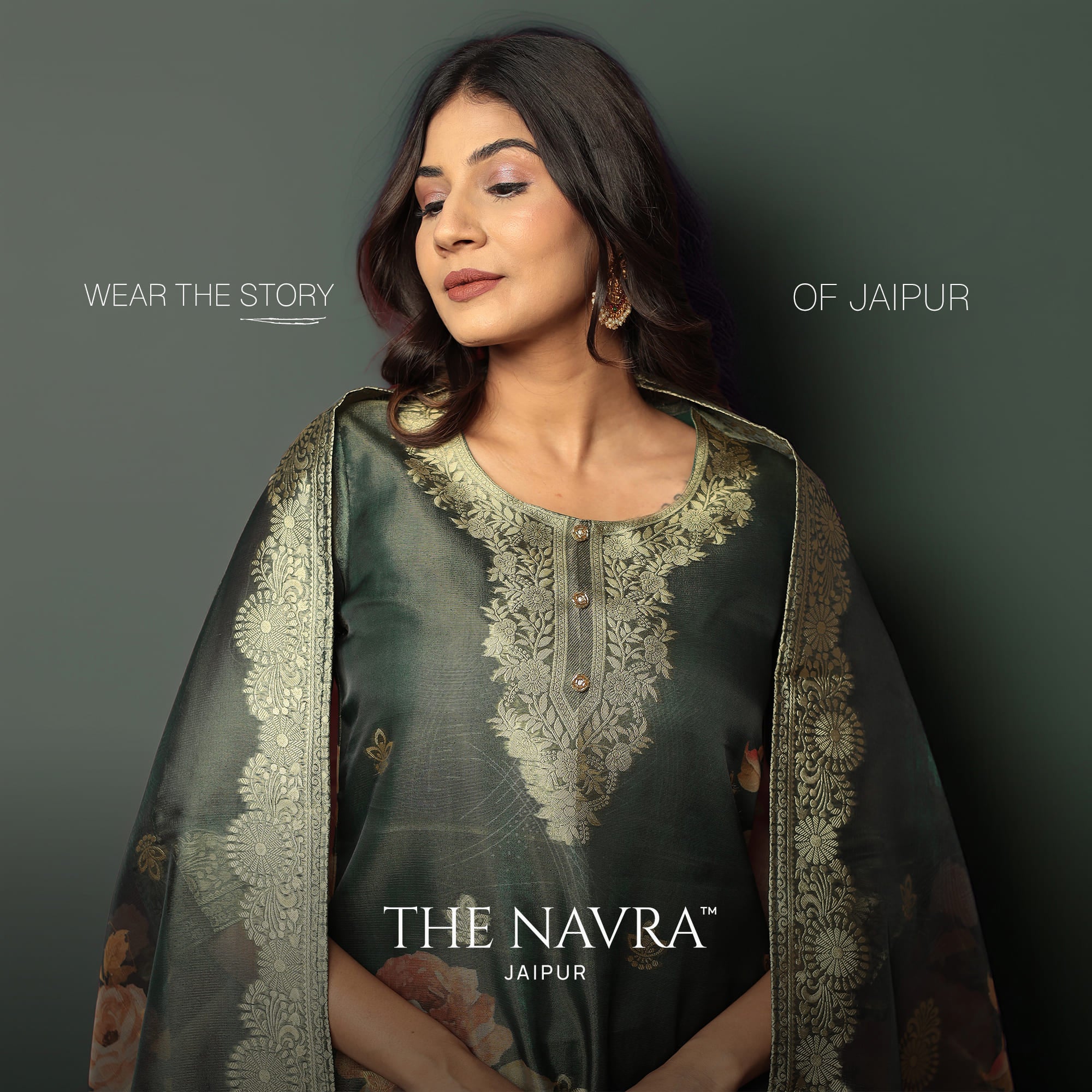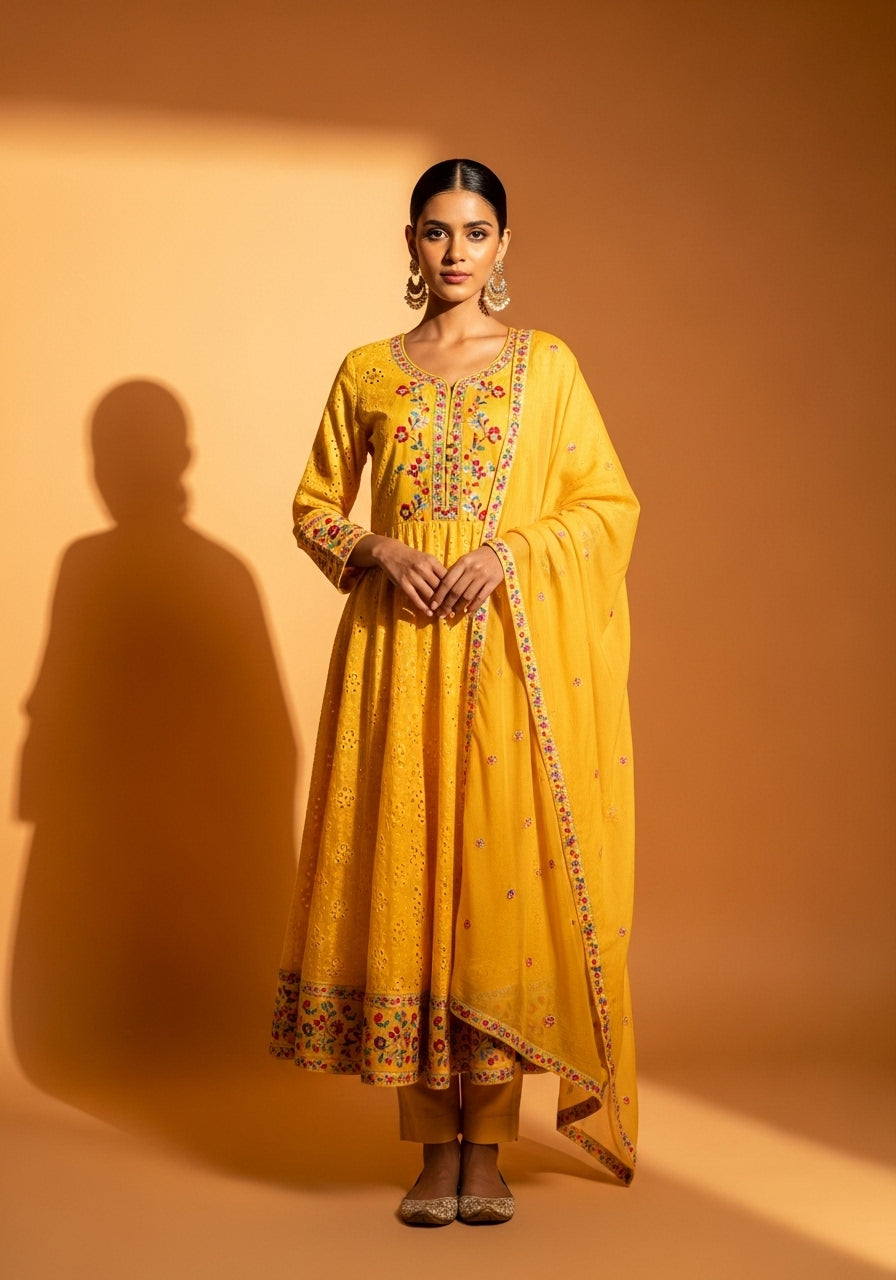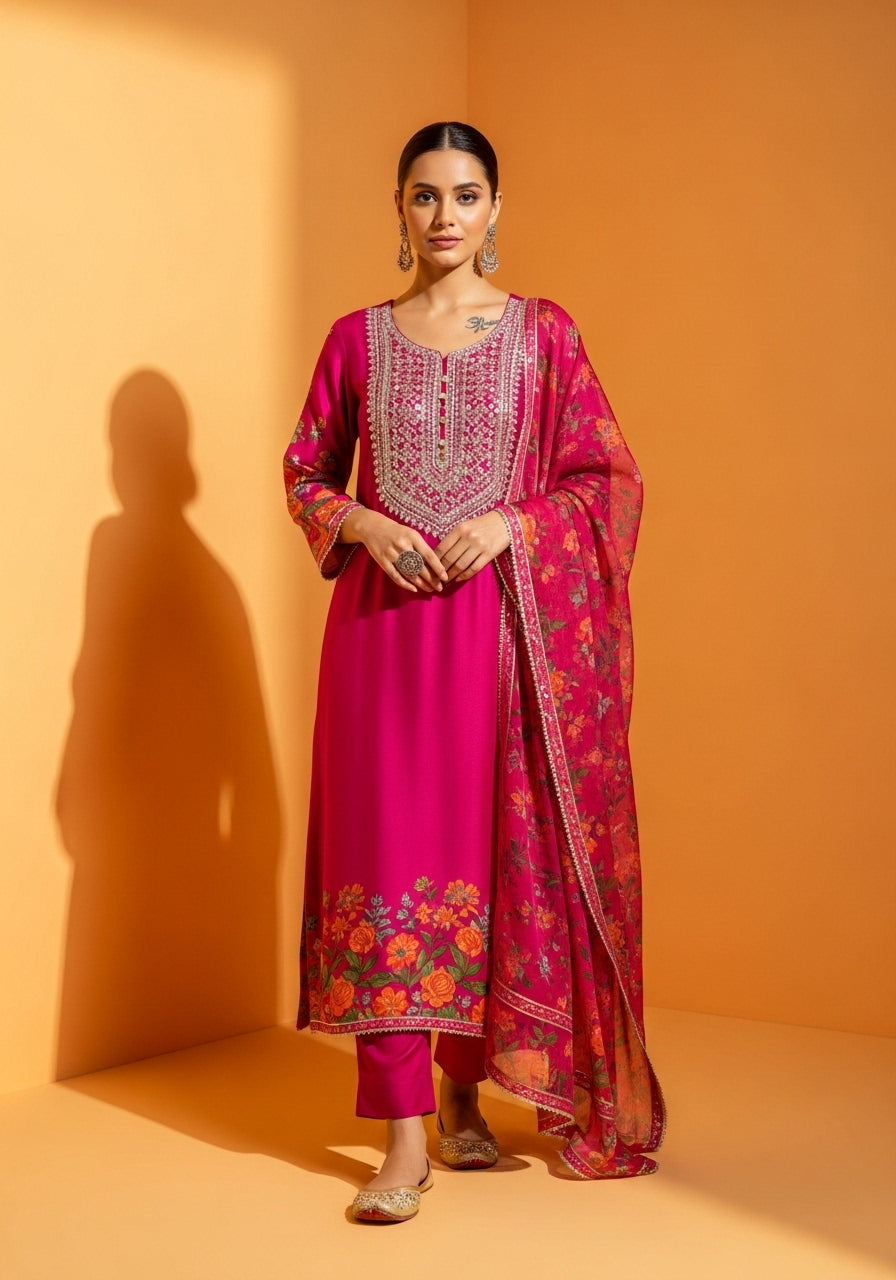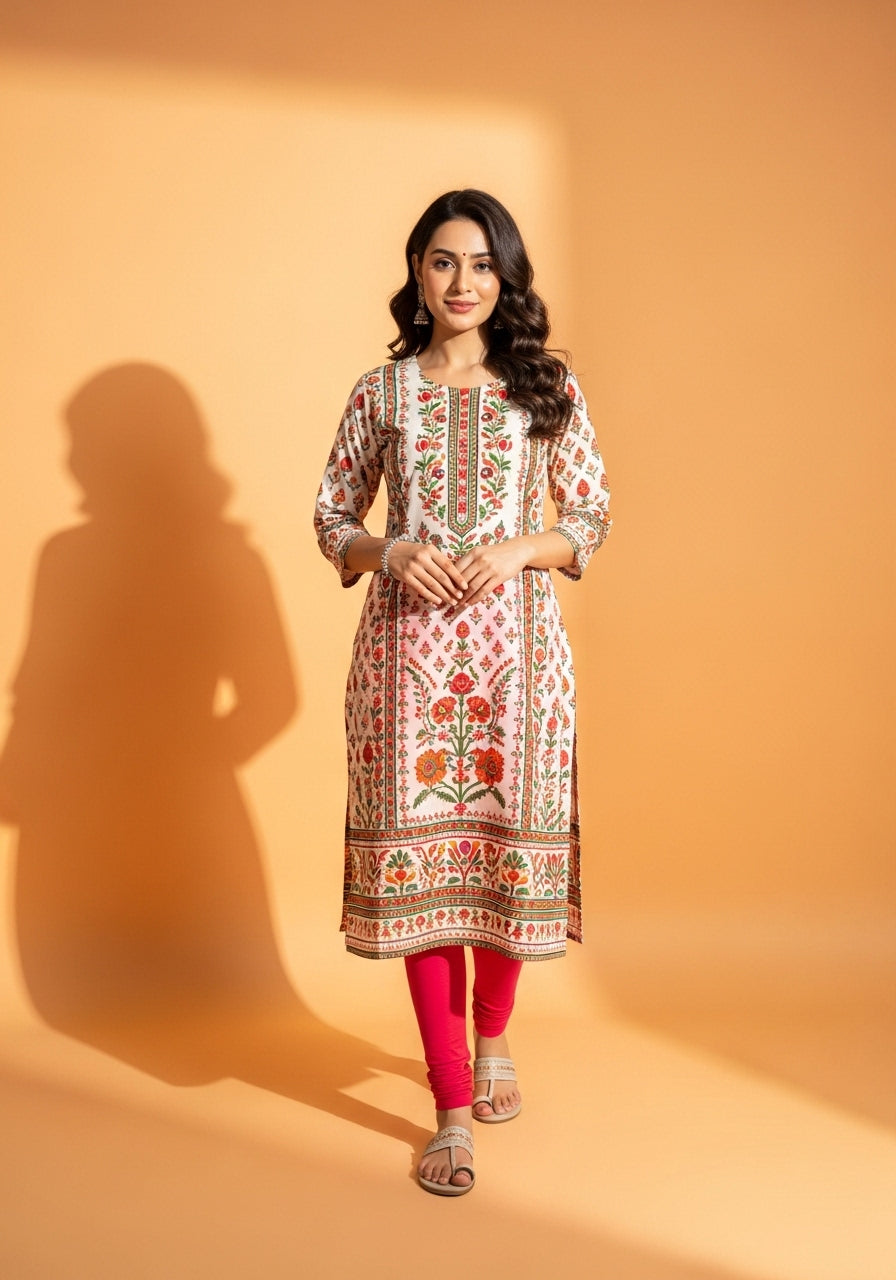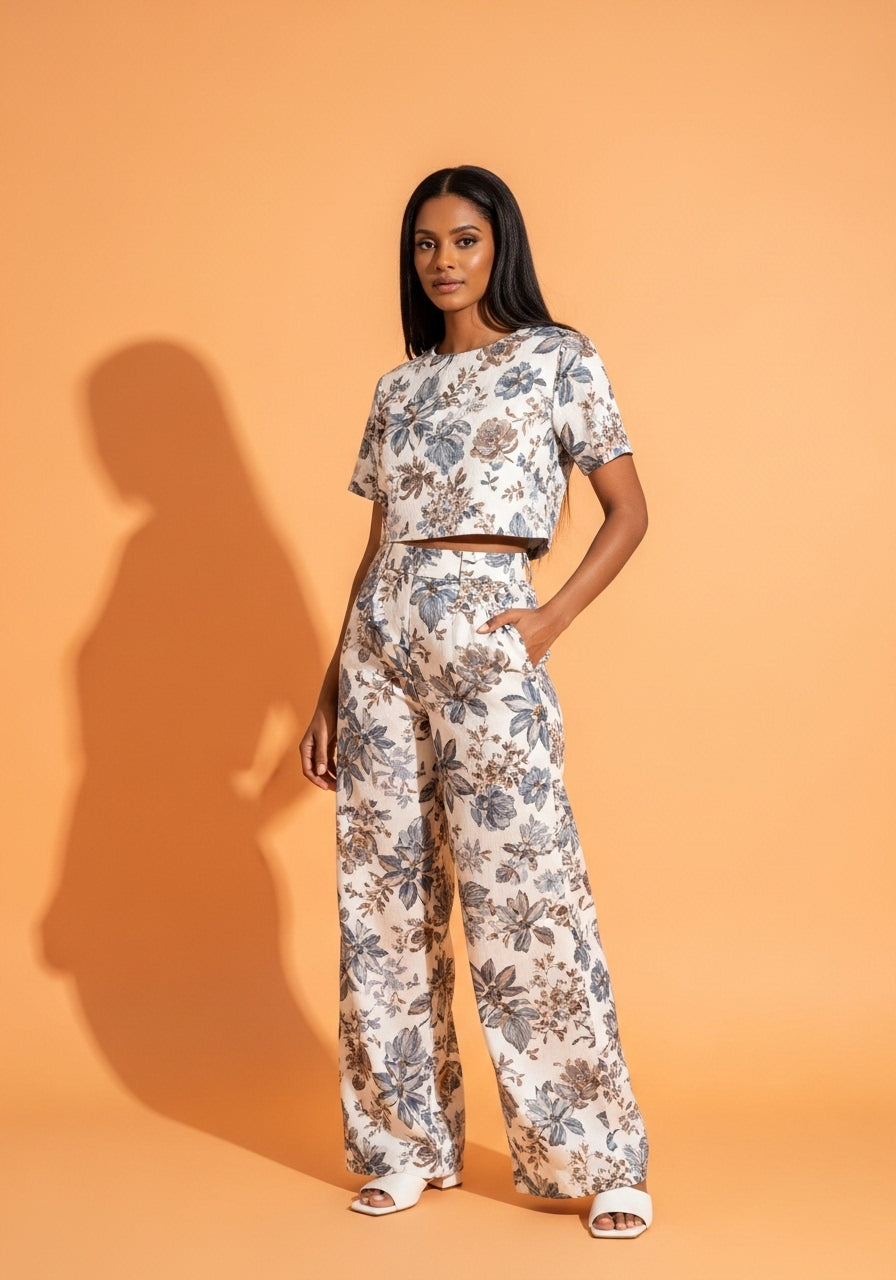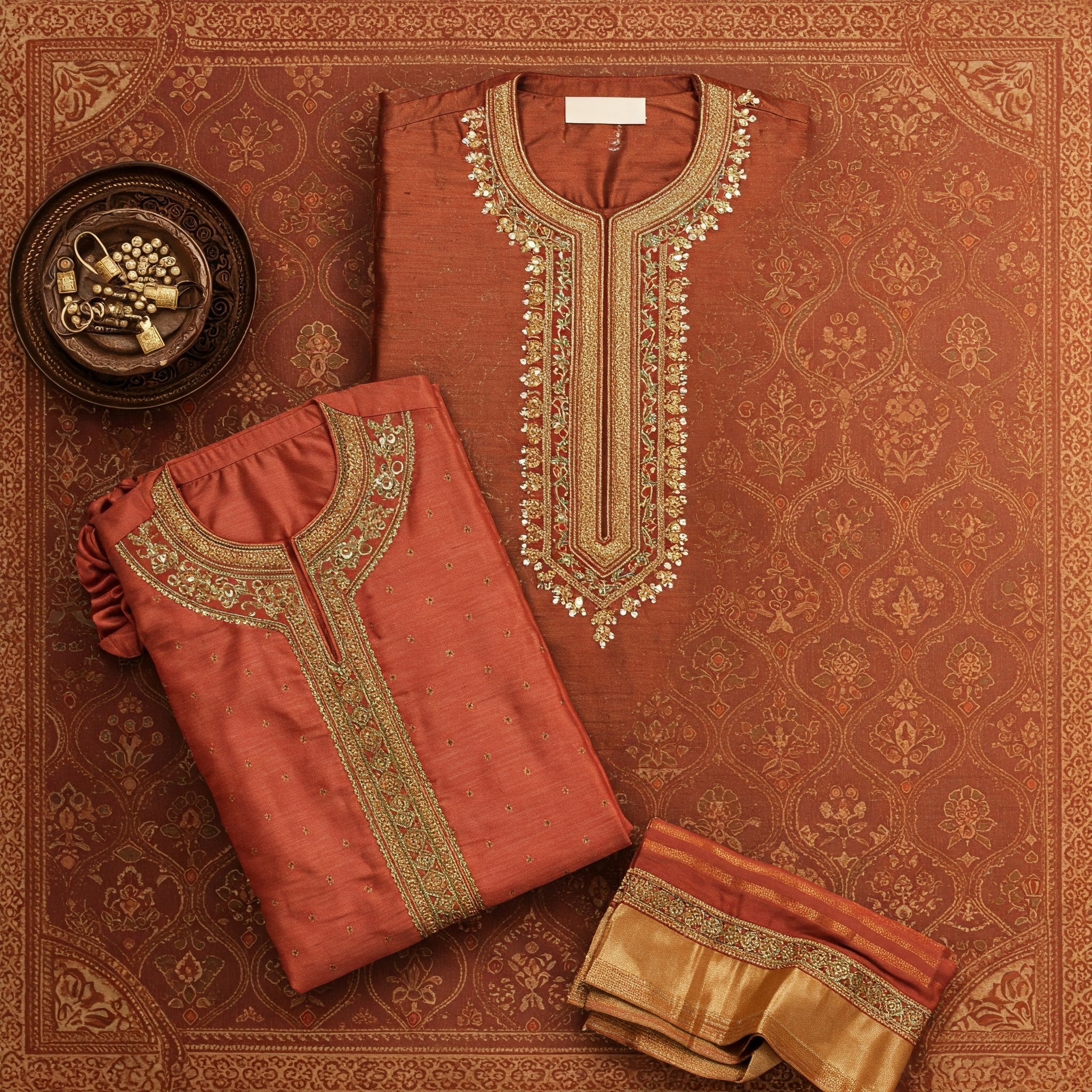
5 Things to Know Before Buying Handcrafted Ethnic Wear
Understanding Handcrafted Ethnic Wear: A Conscious Consumer's Guide
Date: June 18, 2025 | By The Navra
In today's fashion landscape, handcrafted ethnic wear stands out as a symbol of cultural richness, sustainability, and individuality. As consumers become more conscious of their choices, understanding the nuances of artisan-made clothing becomes essential. At NAVRA, we celebrate the fusion of tradition and modernity, offering collections that resonate with the ethos of slow fashion.
Table of Contents
● 1. Authenticity of Craftsmanship
Each handcrafted piece is a testament to the skill and dedication of artisans who have honed their craft over generations. Techniques like hand embroidery, block printing, and weaving are not just methods but stories woven into fabric. By choosing such pieces, you're not only embracing unique designs but also supporting the preservation of cultural heritage.

● 2. Fabric Quality & Composition
The foundation of any good garment is its fabric. For handcrafted ethnic wear, natural fibers like pure cotton, various silks (Tussar, Mulberry, Chanderi), and linens are paramount. These materials offer superior drape, breathability, and feel.
Be wary of synthetic blends that might mimic the look of natural fibers but compromise on comfort and longevity. Always check the fabric composition label, if available, or inquire about it from the seller. High-quality natural fabrics feel luxurious and promise better durability.

● 3. Dyeing Process & Colorfastness
Many handcrafted textiles feature traditional dyeing techniques, such as natural dyes or intricate resist dyeing processes. While natural dyes are eco-friendly and beautiful, some may have a slight initial color bleed, which is normal. However, excessive bleeding indicates poor colorfastness.
Ask about the dyeing process. Brands committed to quality will be transparent. A simple test: rub a damp white cloth on a hidden part of the garment; minimal or no color transfer is ideal. For items with bold, natural dyes, initial separate washing is always recommended.
● 4. Care & Maintenance
Handcrafted ethnic wear often requires specific care instructions to maintain its beauty and integrity. While some pieces may be machine washable on a delicate cycle (cold water, mild detergent), many silks, intricate embroideries, or delicate weaves might necessitate dry cleaning or gentle hand washing.
Always check the care label or ask the seller for precise instructions. Proper care ensures longevity, preserving the garment's colors, textures, and shape for years to come.

● 5. Ethical Sourcing & Artisan Support
When you buy handcrafted ethnic wear, you're not just purchasing clothing, you're supporting an ecosystem of artisans, weavers, and traditional craftspeople. Research brands that emphasize ethical sourcing, fair wages, and safe working conditions for their artisans.
Brands that highlight the story behind their craft and the people who make it often demonstrate a genuine commitment to sustainability and social responsibility. Supporting them means contributing to the preservation of invaluable traditional skills and the empowerment of local communities.

● Conclusion
Buying handcrafted ethnic wear is a delightful journey into the heart of tradition and artistry. By understanding these 5 key aspects, you empower yourself to make informed choices that celebrate authenticity, support ethical practices, and ensure the longevity of your beautiful garments. Embrace fashion with purpose, and let each piece tell a story of conscious elegance.
© 2025 The Navra. All rights reserved.
- #Crafted Elegance
- #Cultural Fashion Revival
- #Diaspora Fashion
- #Ethical Ethnic Wear
- #Ethnic Wear Trend
- #Fashion With Meaning
- #Global Indian Style
- #Heritage Fashion 2025
- #Heritage Redefined
- #Indian Design Global Style
- #Indian Fashion Abroad
- #Kurta Sets Abroad
- #Modern Indian Style
- #NAVRA Heritage Style
- #Slow Fashion Movement
- #Sustainable Luxury Fashion
- #Timeless Tradition
- #Tradition Is The Future
- #Tradition Meets Modernity
Share
